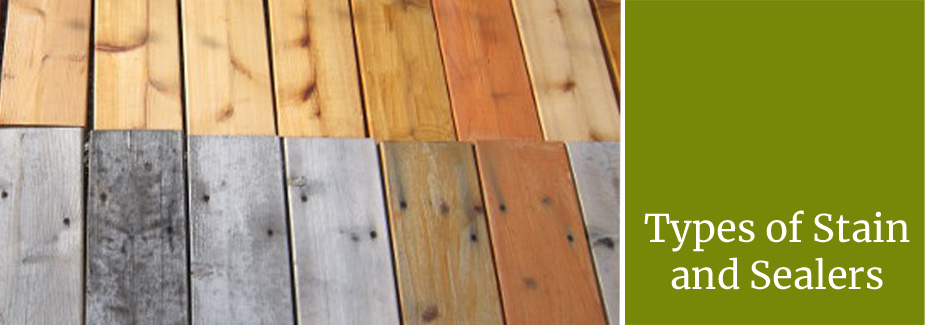
If you have outdoor furniture or if you are thinking of getting some, you will want to make it last and look its best. For some types of outdoor furniture, simply applying one or more coats of stain or sealer will help you accomplish both of these goals inexpensively and easily. These tips from Outdoor Furniture Plus will help you decide whether you need stains or sealers for your outdoor furniture and also describe the types that are available.
Not all outdoor furniture requires stain or sealer, of course. In fact, if you have outdoor furniture made of resin, whether high-density polyethylene or even lower-cost polyvinyl chloride, you don't even have to think about using these items. Likewise, if your outdoor furniture is made of any kind of metal, such as wrought iron or aluminum, no worries, although you may have to do an occasional touch-up with paint.
For those who have wooden outdoor furniture, however, stains and sealers can be a smart choice. A few coats of stain or sealer can help protect the wood from the elements that it will confront day and night outside. In addition, the right stain or sealer can make the natural beauty of wood and wood grains even more enticing.
Not all woods are equal when it comes to staining and sealing. Although many types of wood will last much longer after a coat or two of stains and sealants, woods such as teak require no finishing. Their natural oils provide them superlative longevity, durability and resistance against weather and insects. Still, it is possible to stain and seal teak and some people do.
What types of stains should you consider? Basically, you have a choice of two major types: water-based and oil-based. Each has its pros and cons.
Water-based stains and sealers are environmentally friendly and emit fewer harmful fumes upon application than oil-based mixtures. They clean up easily with soap and water. Water-based stains and sealants are mildew resistant and thus add further protection to wood. You can use water-based stains and sealers to deepen the natural color of wood with repeated coats. Because they don?t trap moisture in the wood and let it breathe, water-based stains and sealers are good picks for softer woods such as cypress, cedar and redwood.
On the downside, water-based stains and sealers tend to raise the grain on wood. This means you will likely have to do more light sanding in between coats.
Considered by some to be easier to apply for good results, oil-based stains and sealers sometimes are recommended for beginners. Besides being easier to use, they tend to last longer than water-based products. Since they seal wood, they can provide better protection from rain and moisture, although they can also trap moisture inside the wood.
Oil-based stains are more toxic than water-based stains, however, and you must use mineral spirits to clean up after using them. One interesting alternative is Natural Kote Elite 501 Satin Sealer. This soy-based satin sealer is an environmentally friendly option. The final choice is up to you, of course. But some experts suggest using water-based stains for softwoods like cypress, cedar and pine. For hardwoods such as teak and shorea, oil-based stains and sealers are often recommended.
Some stains and finishes contain sealers. If your stain does not have a sealer, it is a good idea to use a sealer when your last coat of stain or finish is dry. This will help protect the wood over the long term. Many sealers make good finish coats. Always make sure to check the label on your stain to make sure you use a sealer that is compatible with it.

